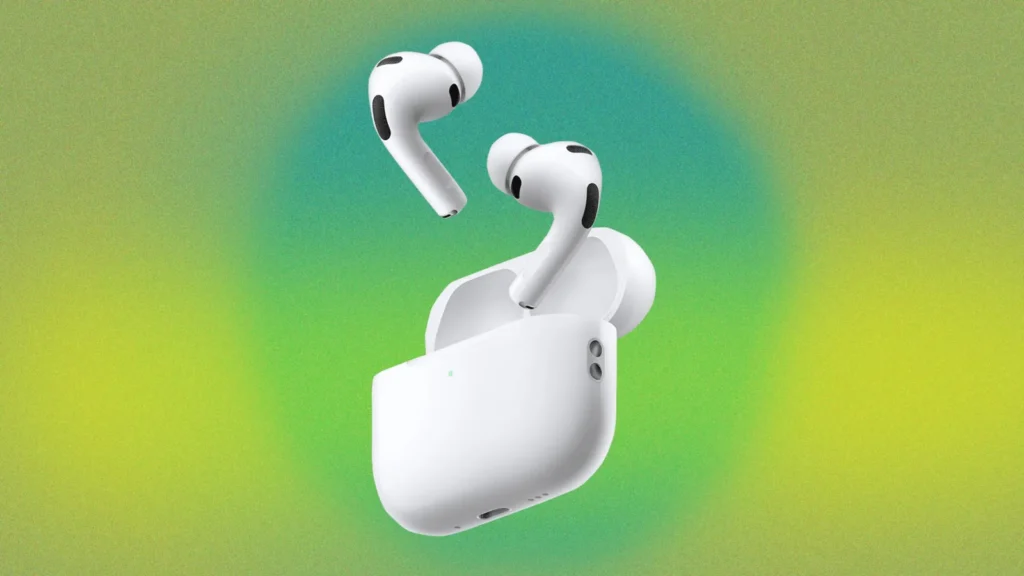Artificial intelligence isn’t just changing the way we work—it’s transforming the job market. According to a recent Stanford study, younger workers are feeling the squeeze the most, while older employees with experience are holding their ground. If you’re asking yourself, “Am I at risk?”, this guide breaks down the jobs being replaced by AI, industries most affected, and practical strategies to thrive in the AI era.

Why Jobs Are Being Replaced by AI
AI tools, particularly large language models (LLMs) and automation software, can perform repetitive or structured tasks faster and more accurately than humans. This has caused significant changes in employment patterns:
- Entry-level roles are most affected, dropping 13% since 2022.
- Younger employees (22–25 years old) saw a 6% overall decline in AI-exposed industries.
- Older workers remain stable or are even seeing growth due to tacit knowledge and decision-making skills that AI cannot replicate.
“Older workers have knowledge that’s not in the LLMs, so they’re not being replaced as much,” says Erik Brynjolfsson, co-author of the Stanford study.
Industries Most Vulnerable to AI Displacement
The study highlights certain sectors where AI has the highest overlap with human tasks:
High-Risk Industries
| Industry | Impact on Entry-Level Roles | AI Functionality |
|---|---|---|
| Software engineering | -20% job decline | Automated coding, debugging, testing |
| Customer service | -20% job decline | Chatbots, automated support |
| Accounting & programming | Moderate decline | Data entry, reporting |
| Administrative support | Moderate decline | Scheduling, document processing |
Insight: Industries involving routine tasks, structured workflows, or data processing are particularly susceptible. Conversely, hands-on roles like nursing, maintenance, or freight management are far less affected.
Top Jobs Being Replaced by AI
Here’s a comprehensive list of jobs being replaced by AI, ranked by exposure to automation:
| Job Role | Risk Level | Notes |
|---|---|---|
| News reporters & analysts | High | AI can draft articles and analyze trends |
| Editors & proofreaders | High | Automated grammar and content review |
| Technical writers & content creators | High | AI-assisted documentation |
| Web developers & data scientists | High | Coding automation tools, predictive analytics |
| Telemarketers & customer service reps | High | AI chatbots and call automation |
| Sales & advertising roles | High | Automated lead generation, marketing analytics |
| Ticket agents, travel clerks | Moderate | Online booking AI systems |
| Interpreters & translators | Moderate | AI translation software |
| Postsecondary business professors | Moderate | AI tutoring tools for lectures |
| CNC tool programmers | Moderate | Automated programming software |
Key takeaway: Jobs that rely heavily on creativity, judgment, or human interaction are less at risk, while those based on repetitive or structured tasks are highly vulnerable.
Why Older Workers Are Less Affected
Older employees are retaining roles despite AI adoption. Reasons include:
- Tacit knowledge: Understanding context and subtleties that AI cannot learn from datasets.
- Problem-solving skills: Experienced employees anticipate issues AI may miss.
- Mentoring & leadership: Roles that require teaching, supervising, and judgment remain human-centric.
Example: A senior accountant can flag anomalies in financial data that AI tools might overlook.
Not All AI Means Job Loss
AI adoption doesn’t always lead to layoffs. In many cases, AI acts as a productivity enhancer:
- Healthcare: AI automates scheduling and charting, allowing nurses to spend more time with patients.
- AI specialists: Entry-level salaries rose 12% between 2024 and 2025 due to high demand.
- Weekly AI usage: Nearly 25% of workers already use AI tools regularly (Federal Reserve Bank of St. Louis, 2024).
Tip: Learning AI tools can make you more employable, not less.
How Younger Workers Can Protect Themselves
The key to thriving in an AI-driven world is adaptation. Here’s how:
1. Upskill in AI Tools
- Learn AI-assisted coding platforms, automation software, and analytics tools.
- Examples: ChatGPT for technical writing, Copilot for coding, Tableau AI for analytics.
2. Focus on Soft Skills
- Develop emotional intelligence, leadership, and negotiation skills.
- Roles requiring human touch remain in high demand.
3. Seek Hybrid Roles
- Look for positions where AI augments your work rather than replaces it.
- Examples: AI-enhanced marketing analyst, healthcare data management, AI-assisted research.
4. Continuous Learning
- Take courses on AI, machine learning, and emerging tech.
- Platforms: Coursera, Udemy, MIT OpenCourseWare.
5. Network Strategically
- Leverage mentors and professional communities for guidance.
- Join AI-focused groups to understand trends and skill demands.
Practical Recommendations for Companies
- Upskill employees rather than replace them to retain talent.
- Redesign roles to focus on creativity, judgment, and interpersonal skills.
- Monitor AI adoption to avoid sudden workforce disruptions.
Example: A customer service team can integrate AI chatbots for routine queries, freeing staff to handle complex issues and improve customer satisfaction.
Adapting to AI in the Workplace
The rise of AI is not inherently negative, but it is reshaping the employment landscape. Key takeaways:
- Entry-level and routine jobs are most at risk.
- Younger workers need to adapt to AI tools and build skills AI cannot replicate.
- Older workers benefit from tacit knowledge and experience.
- AI can be a career booster if approached strategically.
- Companies that train employees for AI augmentation rather than replacement see better productivity and retention.
Final Thought: The era of AI isn’t about replacing humans—it’s about working smarter with machines. Adapting early can mean the difference between being displaced and thriving.









